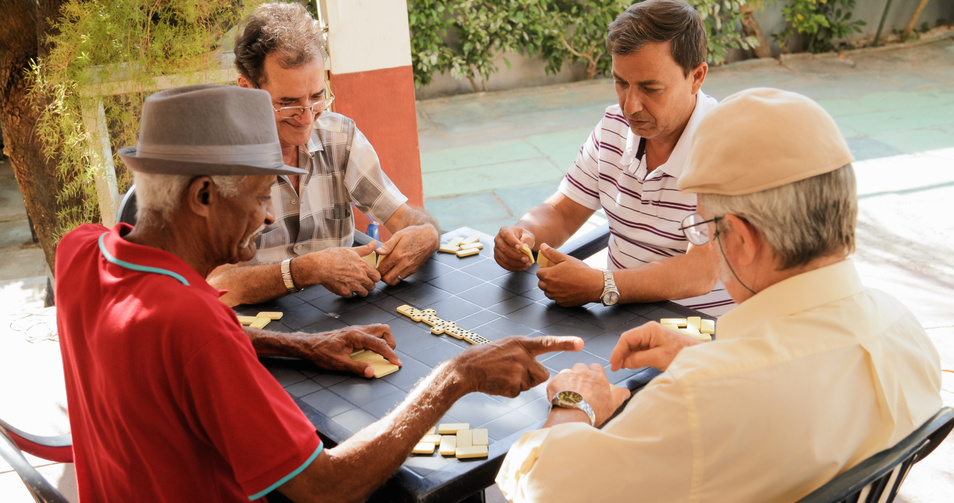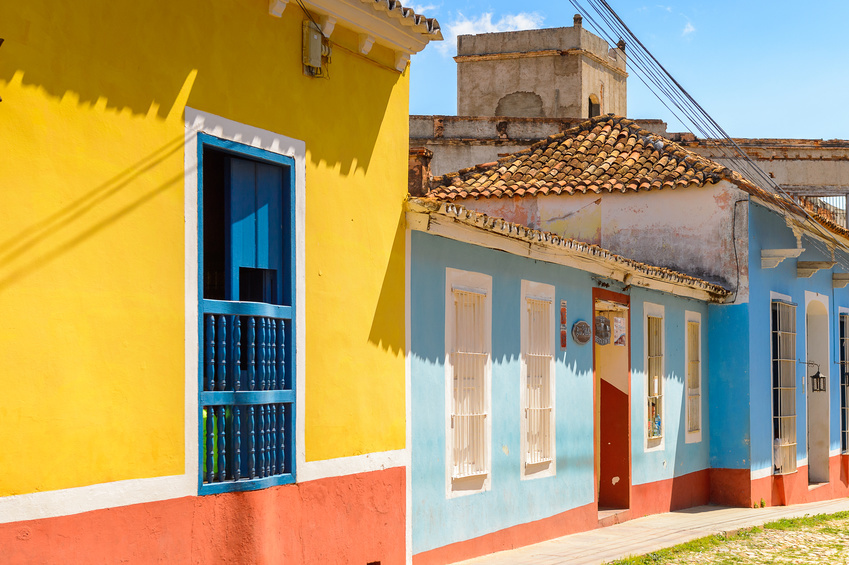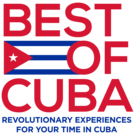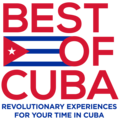Where to eat
When Fidel Castro’s brother Raoul took over the country in 2008, he allowed the gradual privatization of hotels and restaurants, forming today’s bed & breakfasts and paladar restaurants. You can read more about Cuba’s interesting political and economic journey from the embargo to today in this post.
Consequently, you have two main eating choices: government restaurants and those operated by locals. While the menus tend to be very similar, you’ll find slightly better service at the latter.
What’s on the menu? A traditional dish that I personally loved is ropa vieja, which translated means “old clothes” and features stewed shredded beef with vegetables slow cooked in a pressure cooker. Another popular offering to tourists is lobster. I had this twice and while portions were extremely generous both times I found the seafood to be overcooked and rubbery. Some restaurants might be a hit though!
For drinks, make sure to try Havana Club rum and Mojitos. The best drink makers tend to be tucked away and hidden.
Tipping
Tipping customs have recently changed and now it is recommended that tourists tip a small amount, not necessarily a percentage. At times taxi drivers, hotel porters, waiters and ubiquitous musicians will expect (or even demand) a tip.
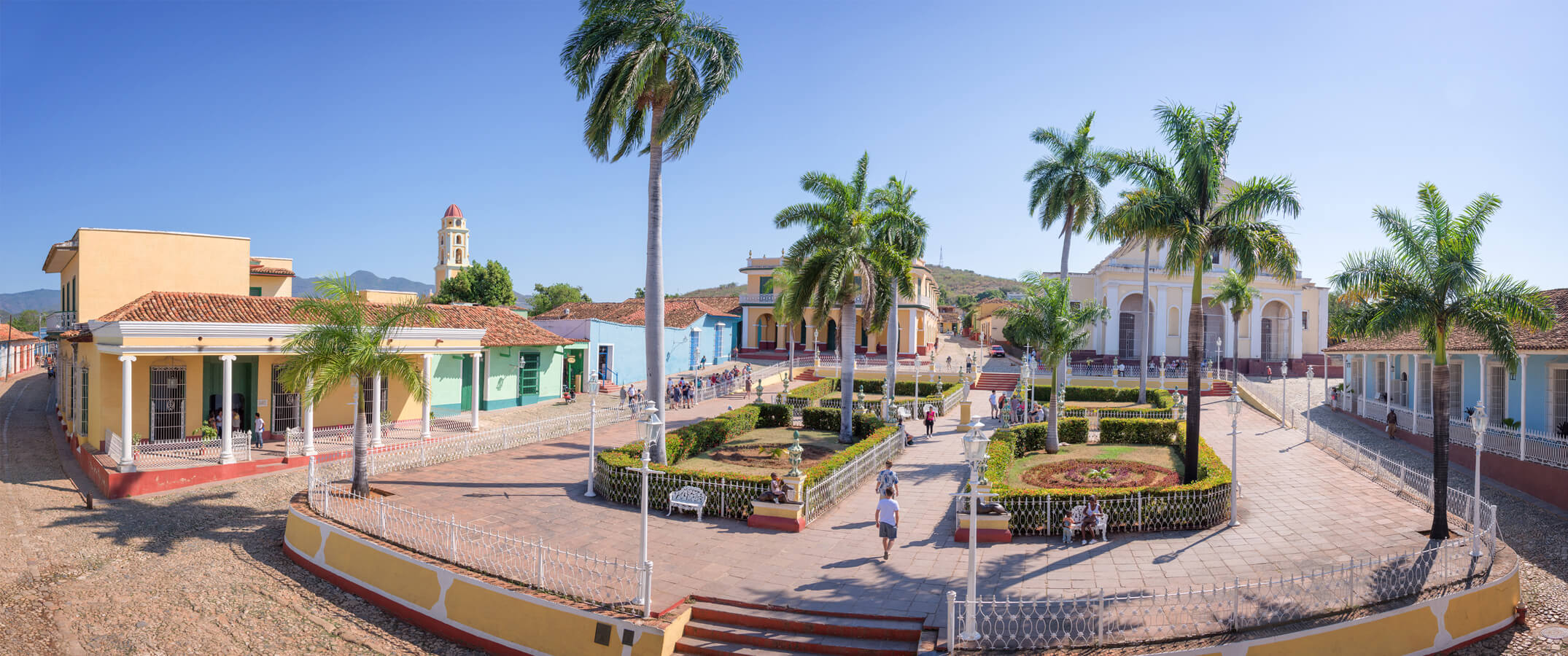
Most Cubans earn an average of £13 to £15 a month so it is no surprise that many Cubans have turned to tourism as a good tip can easily triple their salaries. However many Cuban's, especially in more rural areas, are proud people and offering a tip to someone giving you directions or inviting you into their homes for a coffee can be an insult.
